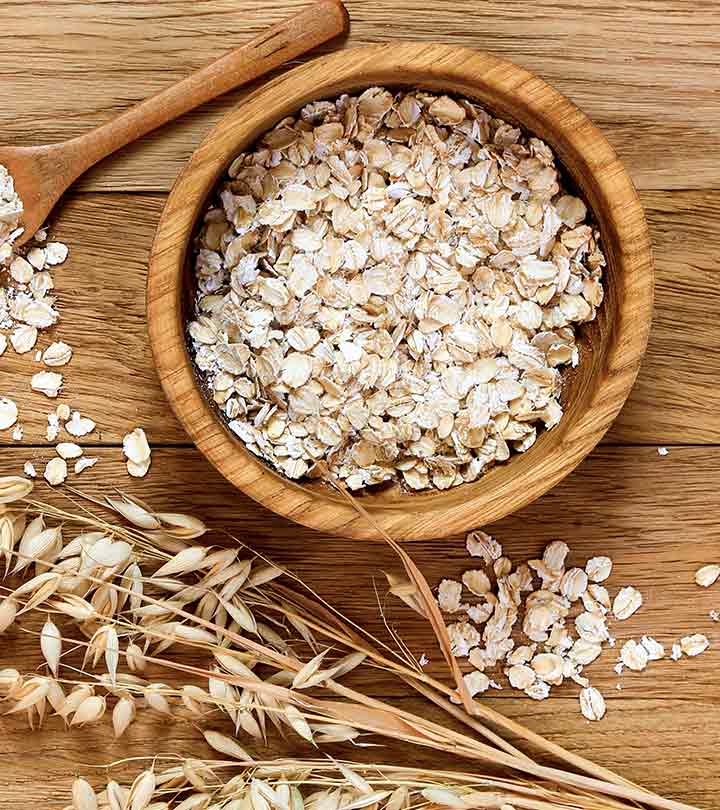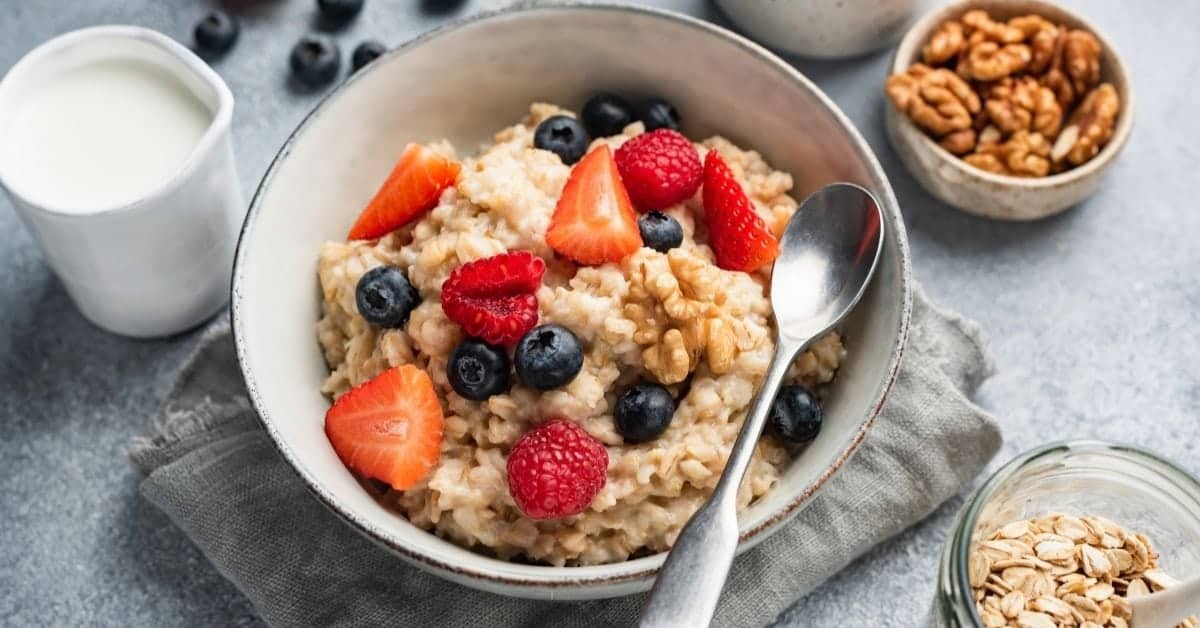A person with diabetes needs to pay special attention to what they eat in order to control their blood sugar levels. A person with diabetes should categorically avoid a high-carbohydrate diet as it is directly related to elevated blood sugar levels. People with diabetes have difficulty making insulin. People with diabetes need to be mindful of foods high in carbohydrates, as these foods quickly break down into sugar which can lead to spikes in blood sugar and insulin. This is one of the reasons why people with diabetes often look for alternatives to high-carb cereals. This is your guide to learning how to enjoy oats in diabetes.
Nutritional facts about oats
1/2 cup of oats contains:
- fats: 5 g
- carbohydrates: 52 g
- protein: 13 g
- calories: 304
- total fiber: 8 g
Oats also contain minerals, such as:
- magnesium: 138 mg
- calcium: 42 milligrams (mg)
- potassium: 335
- iron: 4 mg
- zinc: 3 mg
- phosphorous: 408 mg
How to enjoy oats in Diabetes?
There are different kinds of oats that can be devoured for your oatmeal:
- Rolled oats: Oat groats are steamed and rolled into thicker flakes.
- Whole oat: Oat groat in its intact form
- Irish oats/ Steel-cut Oats: Oat groats by chopping the whole oat groat with a steel blade.
- Instant oats: Oat groats that have been steamed and flaked.
- Scottish oats: Oats made after grinding whole wheat groat
- Quick oats: Steamed oats rolled thinner and chopped into small pieces.
Oatmeal can simply be enjoyed with oats and water. This may be healthy, but it is also insipid. However, there are a few safe ways to add flavor to simple oatmeal.
- Sweeteners: For extra sweetness, sweeteners such as sucralose, stevia, or monk fruit sweetener can be used.
- Spices: Cinnamon is a sweet spice that can be used to bring out the earthy flavor of the oats.
- Milk: Oats can also be simply mixed with milk and water and enjoyed.
- Fruit and nuts: Blueberries or crushed nuts can be added for texture and flavor.
Is it safe to eat Oats for Diabetes?
Foods with a low glycemic index help to keep blood sugar levels stable. The glycemic index indicates how quickly a food releases its sugar content into the blood. Conversely, a high glycemic index means that the food releases sugar quickly, leading to spikes in blood sugar levels. Oatmeal has a low glycemic index of almost 55. With a GI value of up to 70, it is much lower than breakfast foods such as cornflakes. Oats are high in a specific type of fiber known as beta-glucan. Beta-glucan is found in the cell walls of bacteria and yeast. It has extensive health benefits. Beta-glucans help control diabetes by keeping blood sugar levels under control. Oats may also help improve insulin sensitivity. In people with type 2 diabetes, people who ate oats had a better insulin response than those who did not eat oats.










